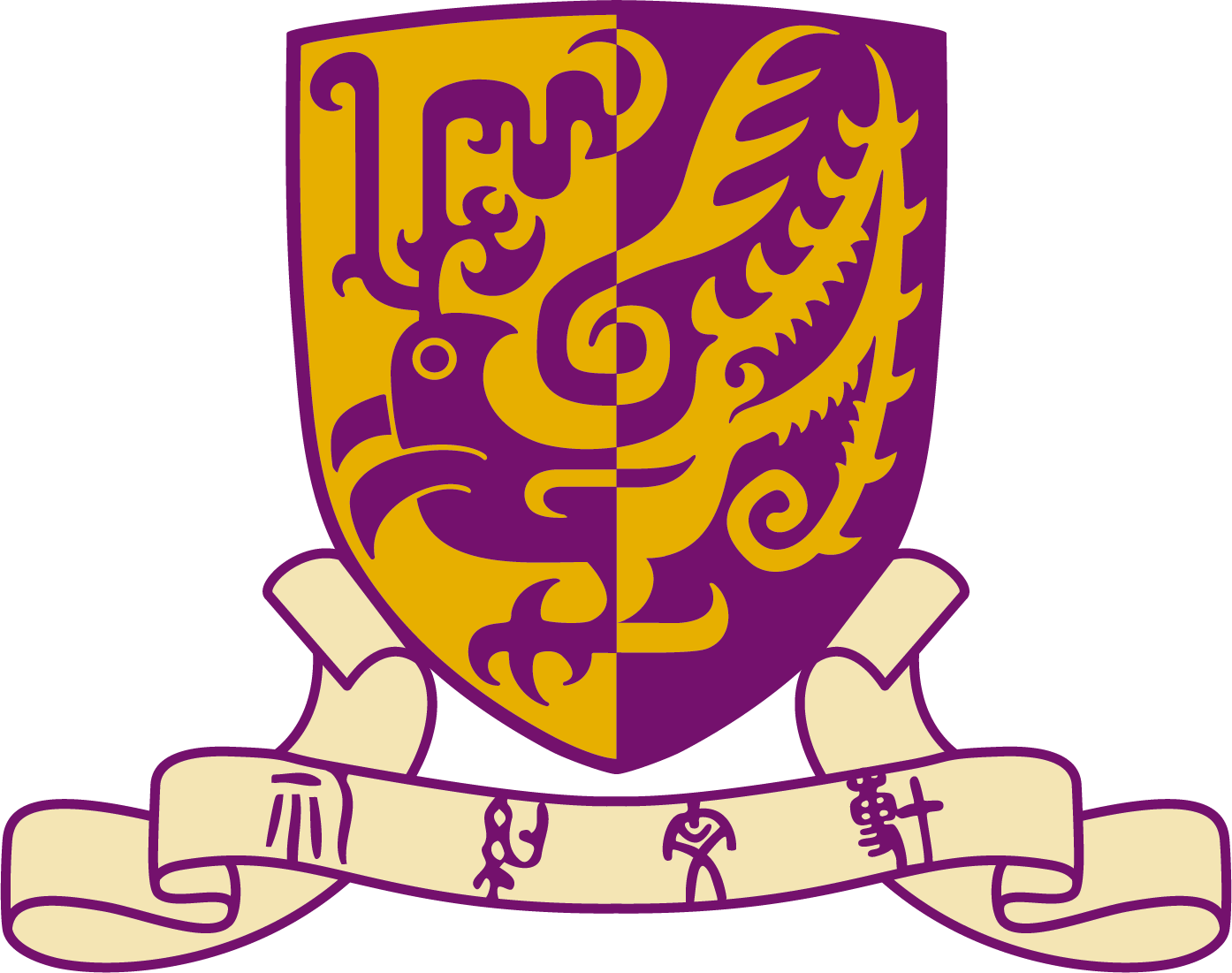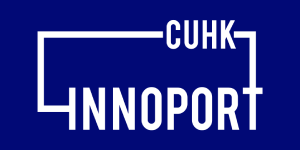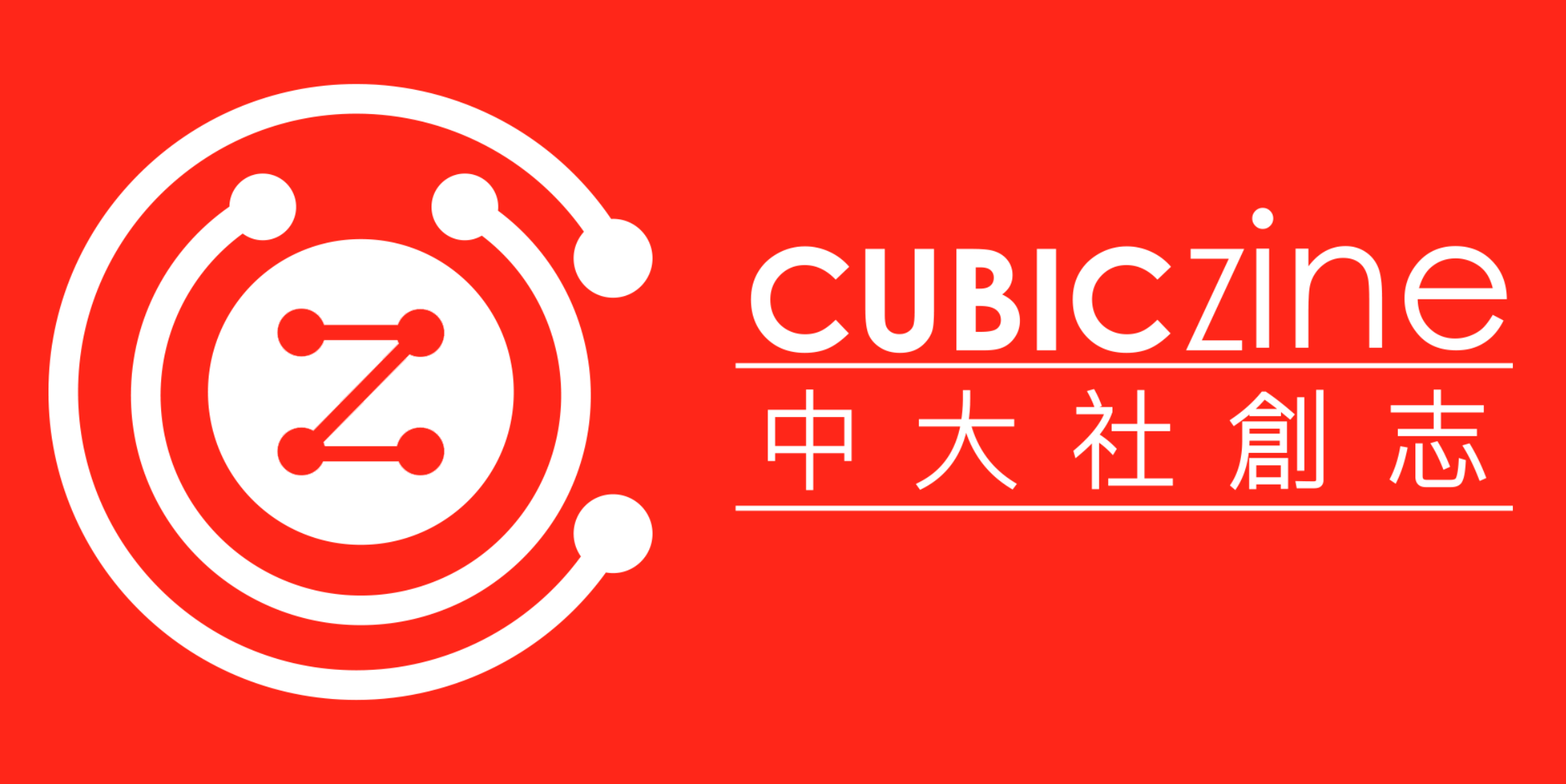-
What is the University’s policy on IP?
Please refer to Section 6 of the University’s Policy on Intellectual Property.
-
What are the different types of IP?
Patents
A patent protects an invention and grants the inventor(s) the rights to exclude others from using the invention for a limited period of time, usually 20 years from the date of first filing.
To obtain patent protection, inventor(s) needs to file a patent application with the Patent Office of a particular jurisdiction of interest. The application must satisfy the patentability requirements and overcome any rejection raised by the examiner. In most countries, the patent laws would require an invention to be novel, inventive (unobvious), industrial applicable (usefulness), and fall within the scope of patentable subject matter.
Copyrights
A copyright protects literary and artistic works, including writings, music, and works of the fine arts, such as paintings and sculptures, and technology-based works such as computer programs and electronic databases.
Copyrights protect the expression of an idea but not the idea itself. Unlike patents in most countries, there is no need to file any application or to go through any registration before a piece of work could enjoy copyright protection. In Hong Kong, copyright is an automatic right and it arises when the work is created. In some countries, e.g. the United States and Mainland China, registration of copyright is available. To be protected by copyright, the work must be original. Nevertheless, the definition of original varies from country to country, and it is often determined by case law in common law countries.
Other types of Intellectual Property include Trademark, Registered Design, and Trade Secret, Protection of Layout-Design (Topography) of Integrated Circuits and Plant Varieties Protection, which are all recognized by Hong Kong laws. Please visit the website of Hong Kong Intellectual Property Department for more information.
-
How do I access the FREE online-course on IP basics?
Developed through the partnership of National Academy of Inventors (NAI) with The Michelson Institute for Intellectual Property and NAI Fellow Dr. Gary K. Michelson, this 3.5 hour FREE of charge IP course on the Udemy.com platform covers IP basics and suitable for learners at all levels, particularly beginners. Please click here for enrollment.
-
What are the different types of patent applications?
Patent protection differs from one territorial jurisdiction to another, and here are several different types of patent applications:
US Provisional Patent Application
A Provisional Patent Application is a relatively simple application that does not require claims to be listed. This type of application is available only in the United States. No examination is required for a provisional patent application. Attorney time could be minimal if so desired. Applicants should note, however, that a regular application must be made within 12 months from the date of the provisional filing. The benefit of filing a US Provisional Patent Application is that the application quickly establishes a “priority date” of which the invention is filed, while giving the inventors additional time to decide whether a regular patent application should be filed within the next 12 months. The cost of filing a provisional application is much less expensive than that of filing a regular (non-provisional) application.
Regular patent application (Non-provisional)
A Regular Patent Application requires a full specification and a list of claims. The application will be examined substantially by an examiner of a national patent office. The specification and claims will be published 18 months after the date of filing.
PCT (Patent Cooperation Treaty)
A Patent Cooperation Treaty (PCT) allows an applicant to make a single application, while preserving his or her right to file separate patent applications in some or all of the PCT member states within 30 months from the earliest date of filing. The current PCT member states are listed here.
Reform of the Patent System in Hong Kong
A new patent system has been launched in Hong Kong on 19th December, 2019. It introduces an original grant patent (OGP) system for standard patents, refines the existing short-term patent (STP) system and introduces an interim regulatory measure of prohibiting use of certain confusing or misleading titles and descriptions relating to patent practice in Hong Kong. For further details, please refer to the website of Hong Kong Intellectual Property Department.
-
Who will be the inventors?
Unlike authorship of scientific publications which may include a person as author because he/she made a substantial contribution to the findings, or for professional courtesy, inventorship is legally designated. An incorrect declaration of inventorship may jeopardize the validity of a granted patent. The threshold question in determining inventorship is who conceived the invention. Unless a person contributes to the conception of the invention (the mental act of thinking of the idea of the invention and how it would be implemented in sufficient details), he/she is not an inventor. For details, you may refer to USPTO’s website.




